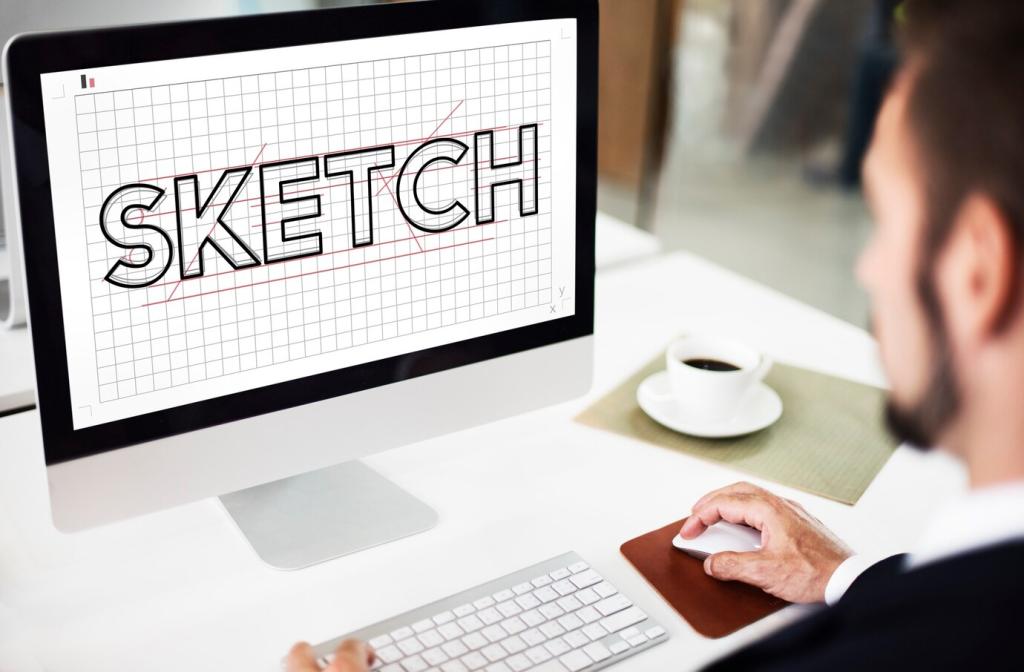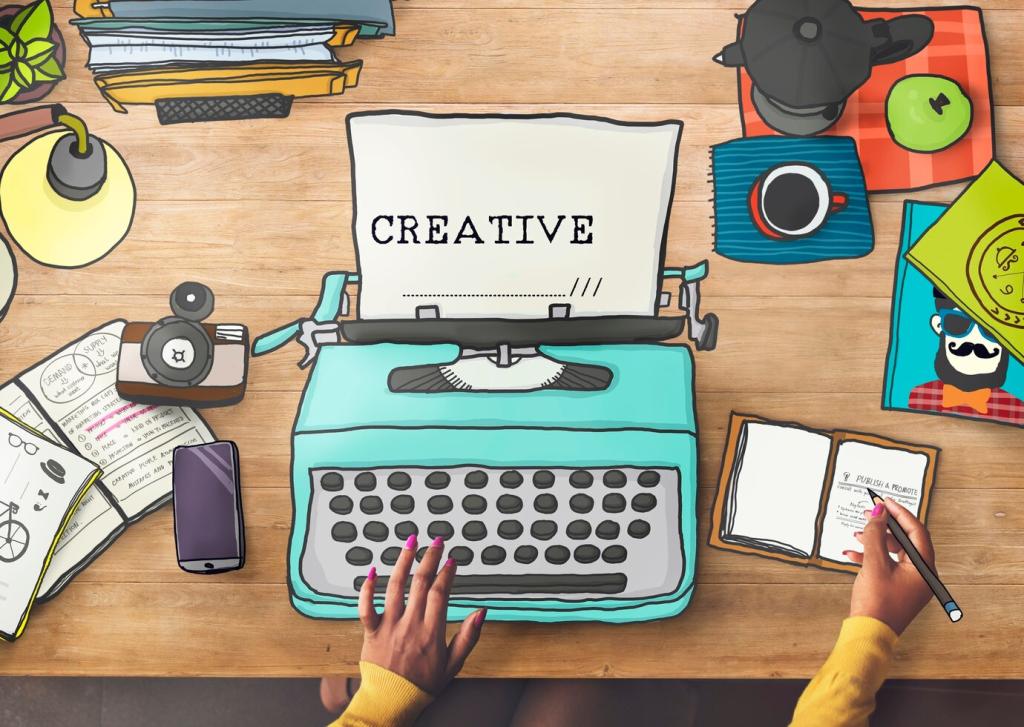
Enhancing Visual Aesthetics with Effective Text Content
Chosen theme: Enhancing Visual Aesthetics with Effective Text Content. Welcome to a space where words shape beauty, rhythm invites attention, and every sentence supports the visual story. Stay with us, share your experiments, and subscribe for weekly prompts bridging design and writing.
Rhythm, Line Length, and Whitespace
The cadence of a paragraph affects visual calm. Aim for comfortable line lengths and deliberate breaks that let letters breathe. Try trimming filler words, then widen margins slightly. Notice how the text block relaxes. Comment with your favorite reading line length range.
Image-Copy Pairing That Feels Intentional
Instead of repeating what the image shows, let captions reveal context, contrast, or emotion. A short line beneath a photograph can tilt the mood from literal to lyrical. Test two captions: one descriptive, one interpretive. Which makes your composition feel more refined?
Anecdote: The Poster That Finally Breathed
A designer replaced a busy slogan with a five-word line that echoed the poster’s diagonal. The layout exhaled. Suddenly, negative space became part of the message. Share your own before-and-after copy tweaks and how they changed the visual pacing of your work.
Typography as Voice: Shape Meaning Through Letters
Contrast and Hierarchy Without Screaming
You do not need massive headlines to signal importance. Combine modest size changes with clear weight shifts and measured spacing. A gentle contrast looks sophisticated and reduces visual fatigue. Try pairing medium weight headings with generous leading and tell us how your page feels.
Type Pairings with Purpose, Not Fashion
Pick families that solve a job: one for clarity, one for character. A humanist sans with a warm serif can harmonize body and emphasis. Avoid trendy mixes that fight each other. Post your most reliable pair and why it keeps working across different moods.
Microtypography: Hyphenation, Ligatures, and Optical Alignment
Tiny details change the whole surface. Smart hyphenation prevents awkward rags, ligatures smooth letter joins, and optical margin alignment keeps edges visually tidy. Turn each on, then off, and study the result. Which adjustment made your layout quietly more elegant?


Visual Hierarchy Through Language Choices
Write headlines that set a visual rhythm: short, concrete, and evocative. Fewer adjectives, stronger nouns. The goal is a clean typographic silhouette and immediate meaning. Draft three versions, each shorter than the last, and share which one makes your layout feel calmer.
Visual Hierarchy Through Language Choices
Subheads are the quiet ushers of your page. Use them to carve comfortable reading segments, reducing cognitive leaps. Keep their tone consistent so the pattern reads as a promise. Invite readers to scan and comment where they naturally pause or accelerate.
Narrative Layouts: Storytelling That Shapes Aesthetics
Narrative Flow Across a Scroll
Arrange sections like chapters: setup, reveal, payoff. Alternate dense and airy moments so the eye rests, then leans in. This pacing keeps visuals fresh without adding clutter. Map your page as a story arc and share where you placed the emotional turning point.

Inclusive Elegance: Accessibility as Aesthetic Superpower
01
High color contrast helps; distinct word contrast helps more. Use clear verbs and concrete nouns so meaning pops even at a glance. Pair legible palettes with decisive language. Share your favorite contrast checker and a sentence you simplified without losing personality.
02
Plain language reduces noise, freeing typography to shine. Replace heavy abstractions with precise, human terms. The page looks lighter because readers stop stumbling. Edit one paragraph to a sixth-grade level and note how the visual texture becomes instantly smoother.
03
Write alt text that explains purpose and context, not every pixel. Describe what the image contributes to the story. This restraint preserves elegance for screen reader users and sighted readers alike. Share one great alt text example from your portfolio below.
Conversion with Grace: Actionable Copy, Beautiful Surfaces

Choose verbs that map to intent—Start, Explore, Save—over vague prompts. Short labels reduce button width, sharpen shapes, and clarify goals. Test three alternatives and watch your interface relax. Comment with any microcopy change that improved clarity and visual balance together.
